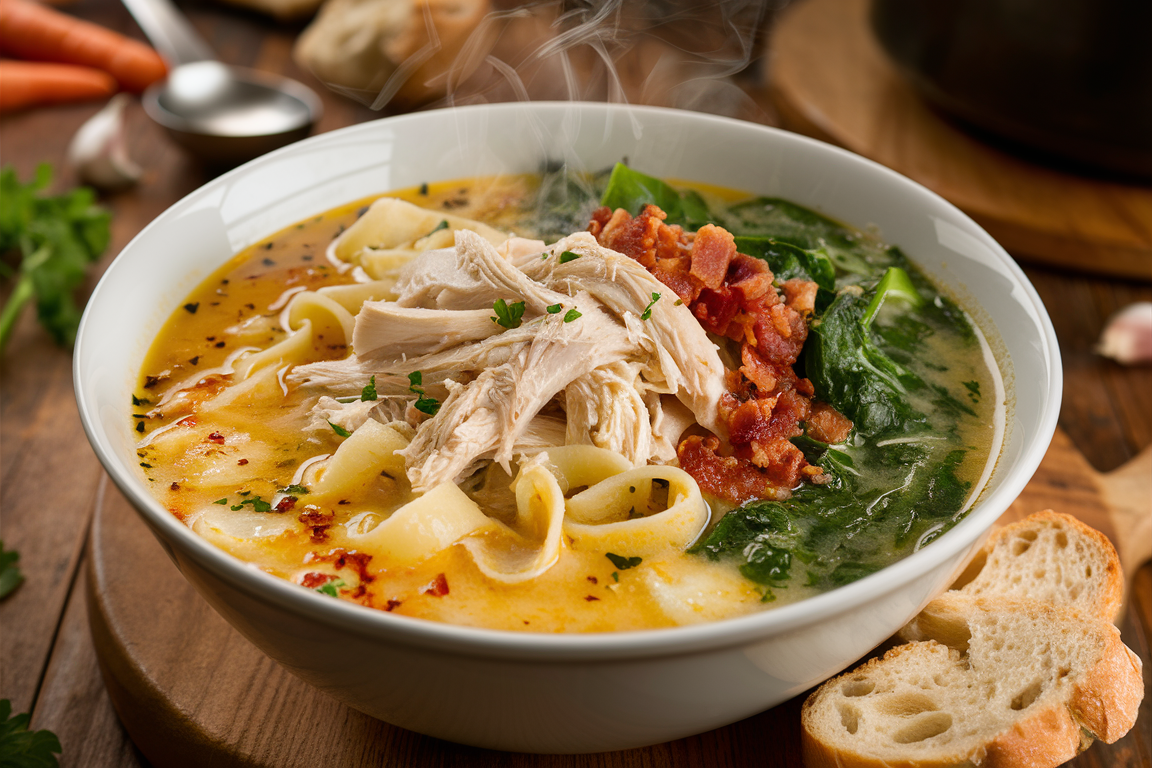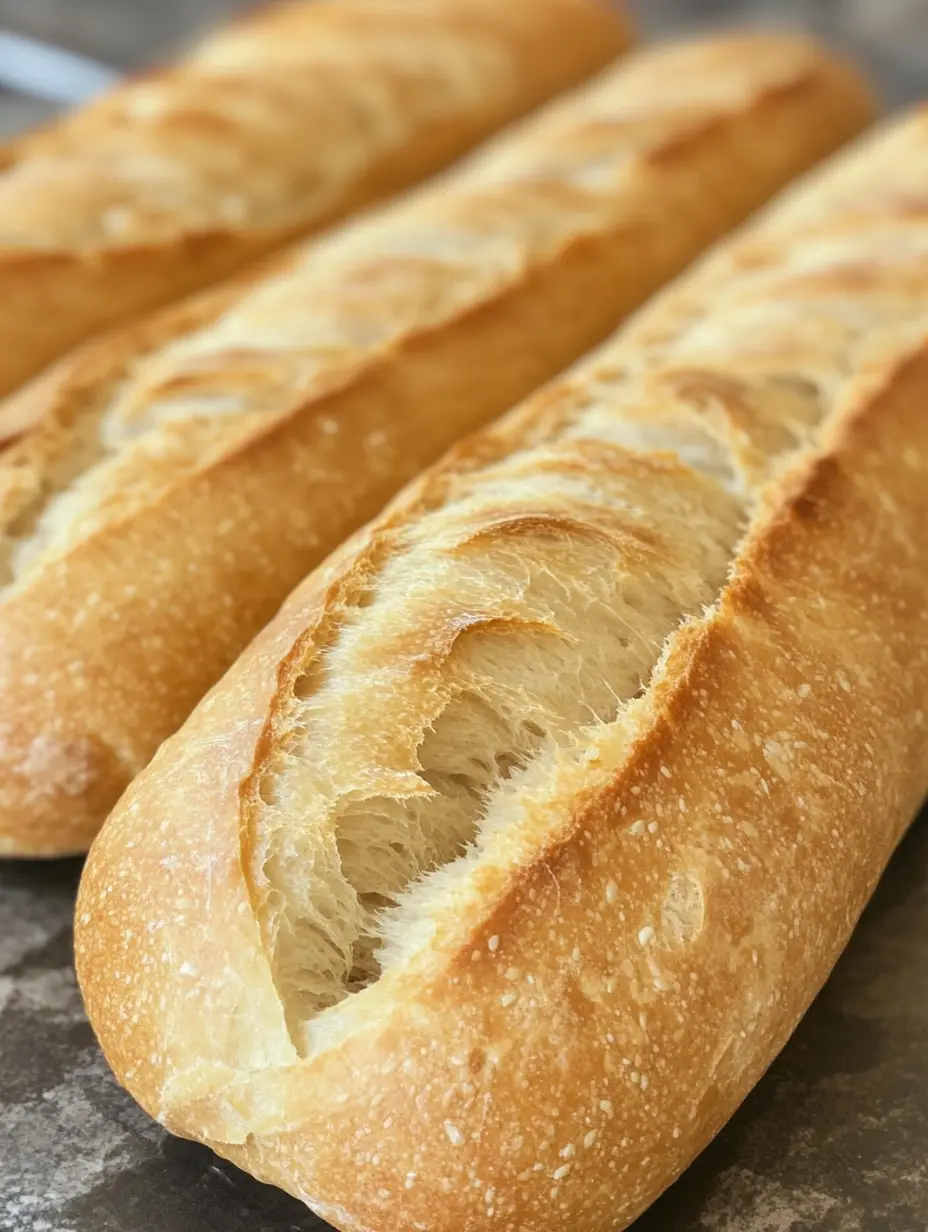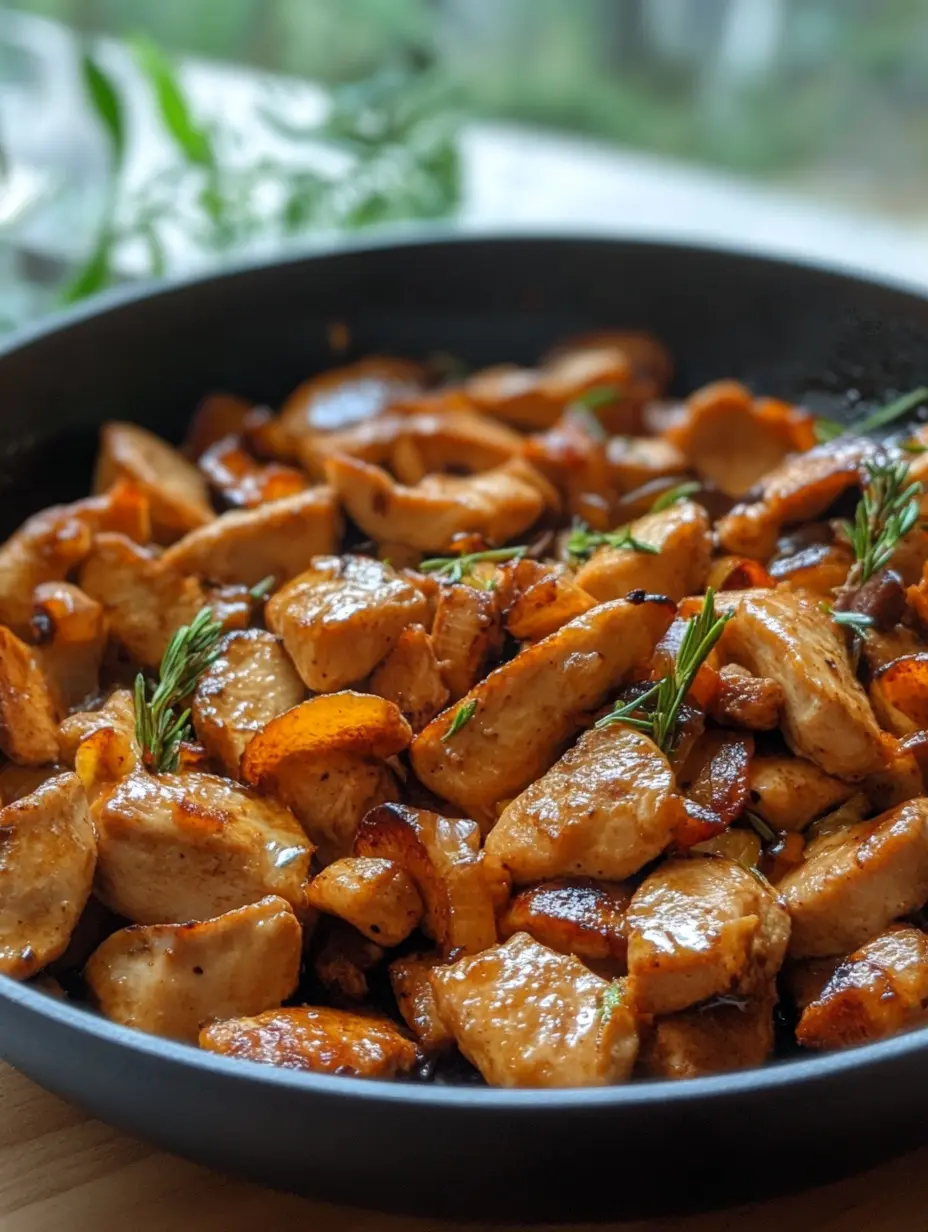There’s nothing quite like a bowl of slow-cooked beef stew to warm the soul. With melt-in-your-mouth beef, tender vegetables, and a rich, savory broth, this comforting classic is perfect for chilly nights or lazy weekends. It’s an easy, nourishing recipe that lets the slow cooker do the work while your kitchen fills with irresistible aromas. Whether you’re cooking for family or freezing portions for later, this stew is a cozy, reliable favorite. In this recipe, I’ll guide you step-by-step through the process, share flavor-boosting tips, and help you create a dish that’s hearty, wholesome, and deeply satisfying.
Table of Contents
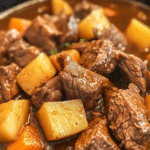
Slow-Cooked Beef Stew: Perfect for Family Dinners
- Total Time: 8 hours 25 minutes
- Yield: 6 servings 1x
Description
This slow-cooked beef stew is the ultimate cozy comfort food. Packed with tender beef, hearty vegetables, and a savory broth, it’s the perfect make-ahead dinner for family or weekend gatherings. Easy to prepare and rich in flavor, it’s a nourishing dish you’ll return to all season long.
Ingredients
2 lbs chuck roast, cut into 1.5-inch cubes
2 tbsp olive oil
4 carrots, diced
3 celery stalks, diced
4 medium Yukon gold potatoes, cubed
1 large yellow onion, chopped
3 cloves garlic, minced
2 tbsp tomato paste
4 cups beef broth
1 cup dry red wine (optional)
1 tsp dried thyme
2 bay leaves
Salt and freshly ground black pepper, to taste
1 cup frozen peas (optional)
Fresh parsley or thyme for garnish
Instructions
1. Trim and cube beef if needed. Pat dry and season with salt and pepper.
2. Heat olive oil in a skillet. Sear beef in batches until browned on all sides. Set aside.
3. In the same pan, sauté onion and celery for 3-4 minutes. Add garlic and cook 1 minute.
4. Deglaze with wine or broth, scraping up browned bits.
5. Add seared beef, sautéed veggies, carrots, potatoes, tomato paste, broth, thyme, and bay leaves to slow cooker. Stir to combine.
6. Cook on LOW for 8 hours (or HIGH for 4–5 hours), until beef is tender.
7. Add peas in final 15–30 minutes. Adjust seasoning with salt and pepper.
8. Serve hot, garnished with fresh herbs. Pair with bread or mashed potatoes.
Notes
For a thicker stew, mash some potatoes into the broth near the end or stir in a flour slurry.
To freeze: cool completely, portion into airtight containers, and freeze for up to 3 months.
Leftovers taste even better the next day reheat gently on stovetop with a splash of broth.
- Prep Time: 25 minutes
- Cook Time: 8 hours
- Category: Dinner
- Method: Slow Cooking
- Cuisine: American
Nutrition
- Serving Size: 1 bowl
- Calories: 420
- Sugar: 4g
- Sodium: 690mg
- Fat: 18g
- Saturated Fat: 6g
- Unsaturated Fat: 10g
- Trans Fat: 0g
- Carbohydrates: 32g
- Fiber: 5g
- Protein: 35g
- Cholesterol: 95mg
Keywords: slow-cooked beef stew, hearty beef stew, beef stew slow cooker
Slow-Cooked Beef Stew: Comfort in Every Spoonful
A Family Tradition in Every Bite
If there’s one dish that brings me back to my childhood kitchen, it’s slow-cooked beef stew. The kind that simmers all day, filling the air with warm, savory scents and drawing everyone to the table before it’s even time to eat. I remember the first time I made it on my own it was a snowy Sunday, and I wanted to surprise my husband with something that felt like a hug in a bowl. He ended up having seconds and then thirds. That’s when I knew this dish was something special.
What I love about slow-cooked beef stew is how it turns simple ingredients into something magical. It’s humble just beef, vegetables, and broth but give it time, and it transforms into a meal that feels like home. This isn’t the kind of recipe you rush. It’s the kind that rewards you for waiting. And best of all? It’s incredibly forgiving. Whether you’re a seasoned cook or just learning your way around a slow cooker, you’ll find success here.
On Tasty Trails, I’ve always believed in recipes that are both nourishing and approachable like the rustic barley and kale soup or my thyme-roasted chicken. This beef stew fits right in. It’s perfect for busy weekdays, cozy weekends, or anytime you want a hearty, hands-off dinner. And the leftovers? Even better the next day.
In this article, I’ll walk you through every step of making a slow-cooked beef stew that’s full of deep, rich flavor. You’ll learn how to pick the best beef, layer in aromatics, and use simple techniques to create a stew that’s both cozy and impressive. Get ready to bookmark this one it’s a keeper.
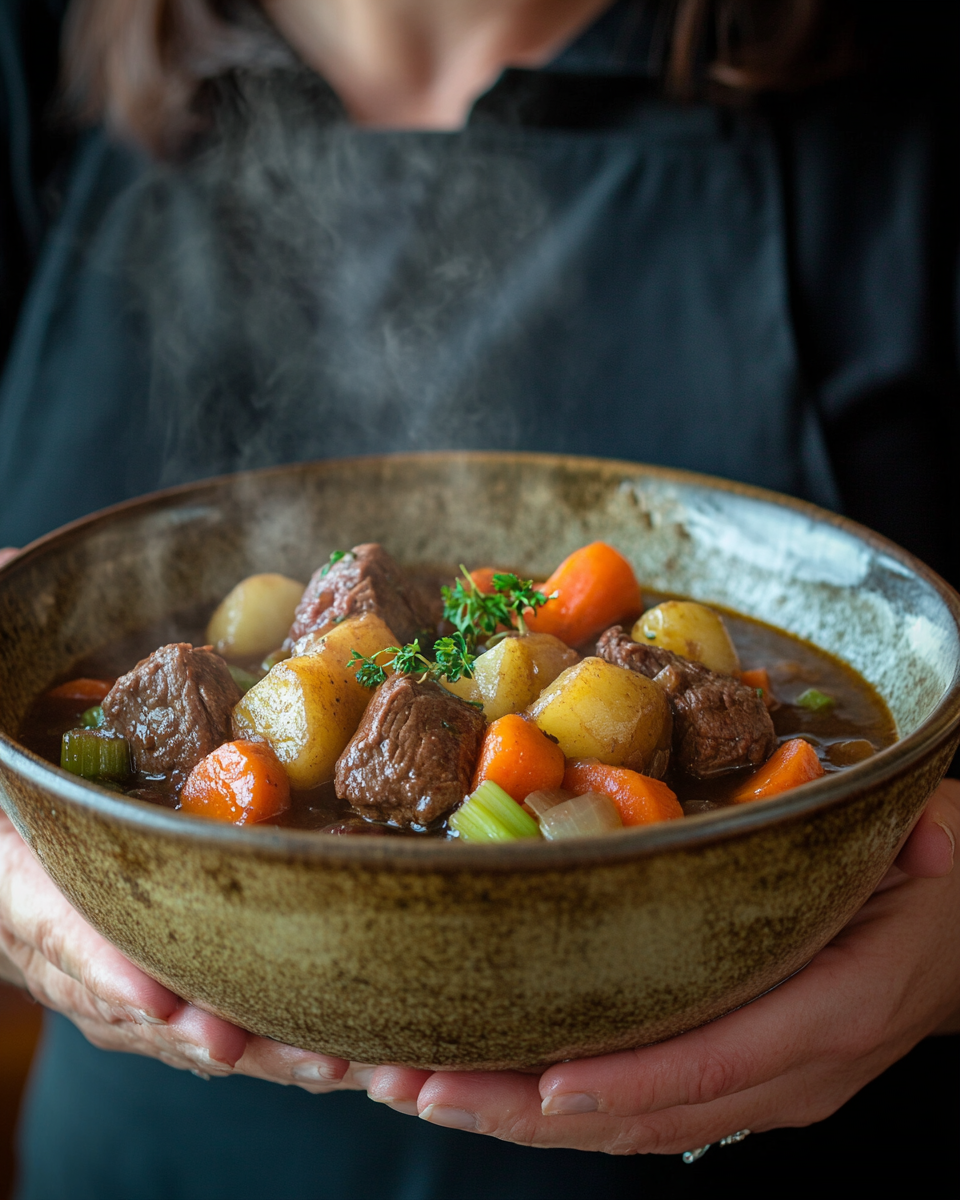
Mastering the Slow-Cooked Method for Perfect Stew
Prepping for Flavor: Beef and Veggies Done Right
Making a delicious slow-cooked beef stew starts with quality ingredients and smart prep. Begin with well-marbled beef chuck roast is ideal. Cut it into even, bite-sized cubes. This ensures even cooking and melt-in-your-mouth results. For vegetables, think hearty: carrots, potatoes, celery, onions. Chop them into uniform pieces so they cook at the same pace.
Don’t skip the searing step. Searing the beef on all sides in a hot pan caramelizes the surface, locking in flavor. It takes a few extra minutes, but trust me it’s worth every second. Set the browned meat aside and use the same pan to sauté onions, celery, and garlic. This builds a rich flavor base for your stew.
Want to boost umami? Deglaze the pan with a splash of red wine or beef broth, scraping up those tasty brown bits (fond). They’ll dissolve into the stew and bring incredible depth.
Over on Tasty Trails, I use the same searing and deglazing technique in my braised beef pappardelle and the flavor payoff is unforgettable.
Bringing It All Together in the Slow Cooker
Now it’s time for the magic. Add everything to your slow cooker: seared beef, sautéed aromatics, carrots, potatoes, tomato paste, broth, thyme, and bay leaves. Set it to low and let it cook for 8 hours or on high for 4 to 5 if you’re pressed for time.
This low-and-slow method tenderizes the beef beautifully and gives the vegetables time to absorb the broth’s savory essence. Don’t stir too often; just let the heat and time do their job.
In the last 30 minutes, taste and adjust. Add salt, pepper, maybe a splash of vinegar to balance the richness. Toss in peas or fresh herbs for a pop of color and brightness right before serving.
For a stew that sticks to your ribs, serve it with crusty bread, just like I do with my Dutch oven chili because nothing beats soaking up that hearty broth with warm slices of sourdough.
Why Slow Cooking Makes This Stew So Satisfying
Deep Flavor, Minimal Effort
One of the biggest perks of making slow-cooked beef stew is how effortlessly the flavor develops. With time, every ingredient has a chance to shine. The beef becomes luxuriously tender, the vegetables soak up the savory broth, and the aromatics infuse the entire pot with depth.
It’s a dish that tastes like you fussed for hours but really, you just let the slow cooker work its quiet magic. On Tasty Trails, I often talk about the power of time in recipes like my slow-roasted tomato soup. It’s not about speed it’s about transformation.
Low, steady heat coaxes out natural sweetness from the onions, unlocks richness from the beef, and gently thickens the broth without any added flour or starch. The result is a full-bodied stew that’s equal parts rustic and refined.
Pro tip: A touch of tomato paste early on adds body and a subtle umami note that intensifies as the stew simmers.
Healthier, Smarter Cooking
Beyond flavor, slow cooking has nutritional benefits too. Because the cooking temperature stays low, more vitamins and minerals are preserved in the vegetables. Plus, the gentle simmering process is ideal for collagen-rich cuts of beef, which turn silky and nourishing.
The method is also hands-free. Once everything’s in the pot, you’re done. That makes it perfect for busy days when you want a homemade meal but don’t have time to stir and supervise.
Want to keep things balanced? Serve your stew with a fresh green salad or roasted vegetables, like I suggest in my sheet pan winter roots recipe. It’s a great way to lighten up the plate without sacrificing satisfaction.
And when it comes to leftovers, slow-cooked dishes only improve. The flavors deepen overnight, making the second bowl even better than the first.
Serving Slow-Cooked Beef Stew & Making It Last
Cozy Sides and Smart Pairings
A bowl of slow-cooked beef stew is comfort on its own, but the right sides can turn dinner into a moment. Think buttery mashed potatoes, rustic sourdough, or a scoop of fluffy rice each one soaking up that savory, silky broth. I often serve mine with a slice of no-knead rye bread fresh from the oven. The crunch of the crust and the chew of the crumb make every bite of stew even better.
For a lighter contrast, pair it with a green salad dressed in a sharp vinaigrette. Or try something unexpected like roasted fennel and citrus slaw the brightness balances the richness beautifully.
Drinks? You can’t go wrong with a glass of red wine like Cabernet or a dark ale. Even a cold glass of sparkling water with lemon helps reset the palate between bites.
Hosting friends? Add a cheese board or a plate of roasted vegetables on the side for an easy but elevated spread. Stew may be humble, but it can absolutely anchor a beautiful meal.
Storing and Reheating Without Losing Magic
The beauty of slow-cooked beef stew is that it tastes even better the next day. Let leftovers cool fully, then store them in airtight containers. In the fridge, it’ll keep for 3 to 4 days. Freeze it, and you’ve got cozy meals ready for up to 3 months.
Reheating is simple: warm gently on the stove over medium-low heat, adding a splash of broth or water if needed. For single servings, use the microwave in 1-minute intervals, stirring between rounds.
Stew too thick? Add a spoon of broth. Too bland after chilling? Brighten it with a hit of vinegar, fresh herbs, or a squeeze of lemon.
If you’re freezing portions, I like to do it in smaller containers perfect for lunch or a one-person dinner. That’s how I batch prep my hearty lentil soup too. It’s a lifesaver on busy nights when you just need something warm and filling without the fuss.
With the right sides and storage tips, this beef stew isn’t just a one-night wonder. It’s the meal that keeps on giving. more recipes follow me: facebook – Pinterest

